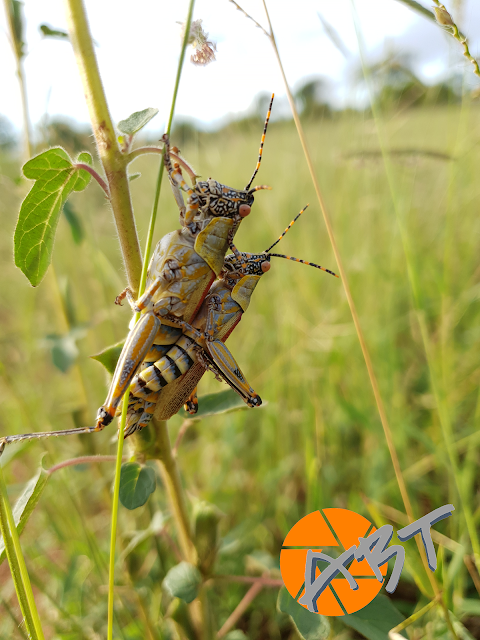Southern Ground - Hornbill heading towards extinction #BirdingSunday

Learn more at https://africanbushtraining.com These hornbills have one of the slowest reproductive rates in the bird kingdom, producing only one chick approximately every 9 years. They are co-operative breeders, with just one dominant breeding pair in a social group, and the rest of the birds being helpers. The ground hornbills are the only birds in the hornbill family which do not seal the entrances of their nests when eggs are laid. The nests, which are returned to every year, are created in crevices such as large holes in tree trunks, and are generally situated a few metres off the ground. Although 2 eggs are laid in early summer, the chicks hatch between 3-14 days apart. Only one chick generally survives, with the other starving to death. For the first month of incubating her eggs, the female is fed by both her mate and the helpers. After about 4 weeks she begins to leave the nest. Juveniles are dependent on their parents for up to one year and will stay with them for several ...






